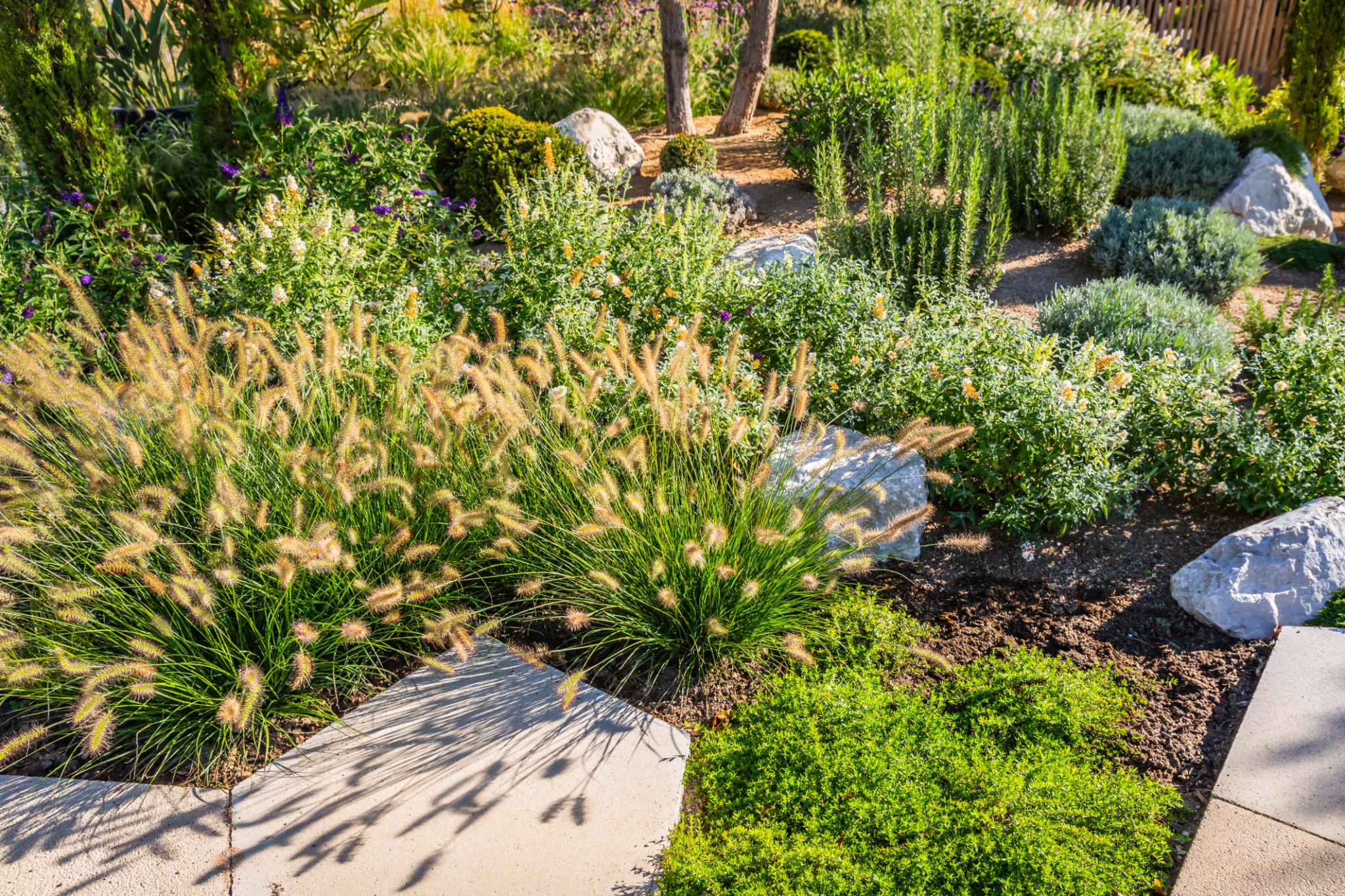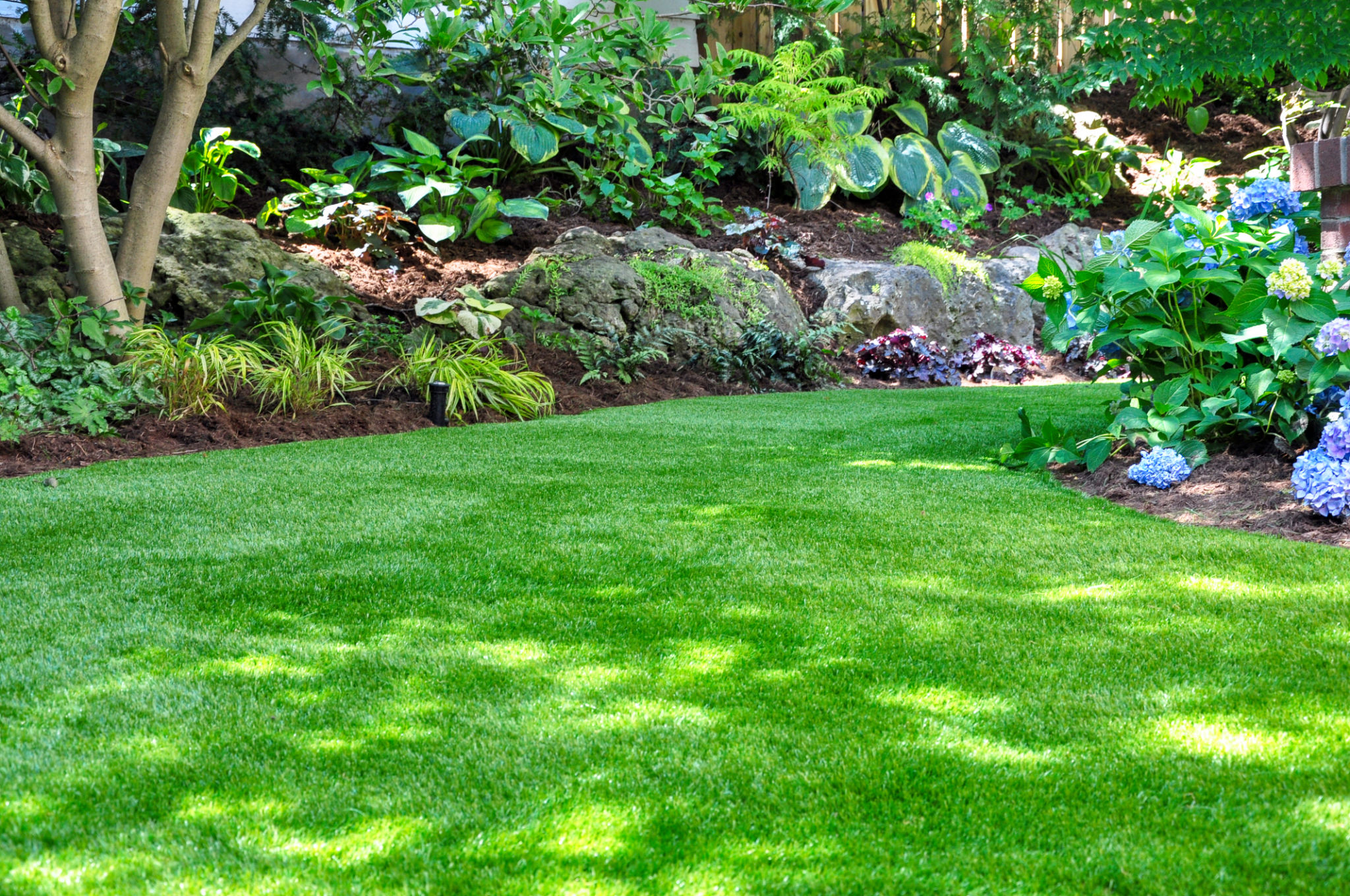Drought-Resistant Landscaping Ideas for a Sustainable Garden
Understanding Drought-Resistant Landscaping
Drought-resistant landscaping, also known as xeriscaping, is a sustainable gardening practice that minimizes water usage without sacrificing aesthetics. By choosing the right plants and materials, you can create a beautiful and environmentally friendly garden that thrives even in dry conditions. This approach not only helps conserve water but also reduces maintenance time and costs.

Selecting the Right Plants
Choosing drought-tolerant plants is crucial for sustainable landscaping. Native plants are often the best choice as they are adapted to local conditions and require minimal watering once established. Consider incorporating plants like lavender, succulents, and ornamental grasses. These species are not only hardy but also add texture and color to your garden.
Here are some popular drought-resistant plants to consider:
- Agave
- Yucca
- Sage
- Echinacea
Efficient Irrigation Techniques
Proper irrigation is essential in a drought-resistant garden. Drip irrigation systems and soaker hoses are excellent choices as they deliver water directly to the plant roots, reducing evaporation and runoff. Additionally, watering in the early morning or late afternoon can further minimize water loss.

Incorporating Mulch
Mulch plays a vital role in maintaining soil moisture and suppressing weeds. Organic mulches such as wood chips or bark not only help retain moisture but also improve soil quality over time. Apply a layer of mulch around your plants to protect them from temperature fluctuations and reduce the need for frequent watering.
Hardscaping Elements
Integrating hardscape elements like rocks, gravel, or paving stones can enhance the visual appeal of your garden while reducing water needs. These materials can be used to create pathways, borders, or decorative features. Hardscaping provides structure and contrast, making your garden more inviting.

Designing for Shade
Strategically placing trees or shrubs to provide shade can significantly reduce water evaporation from the soil. Shade-tolerant plants can thrive under these conditions, creating a lush, green area with less water usage. Consider plants like ferns or hostas for shaded spots in your garden.
Sustainable Lawn Alternatives
Traditional lawns require significant water and maintenance. Opting for alternatives like ground covers, clover, or artificial grass can drastically reduce your garden's water consumption. These options provide a lush appearance without the hassle of regular mowing and watering.

Maintenance Tips for Longevity
To ensure the longevity of your drought-resistant garden, regular maintenance is key. This includes monitoring soil moisture levels, pruning plants to encourage growth, and keeping an eye out for pests. By staying proactive, you can enjoy a thriving garden all year round with minimal intervention.
Embracing drought-resistant landscaping not only benefits the environment but also enhances the beauty and functionality of your outdoor space. By incorporating these sustainable practices, you can create a resilient garden that stands the test of time.